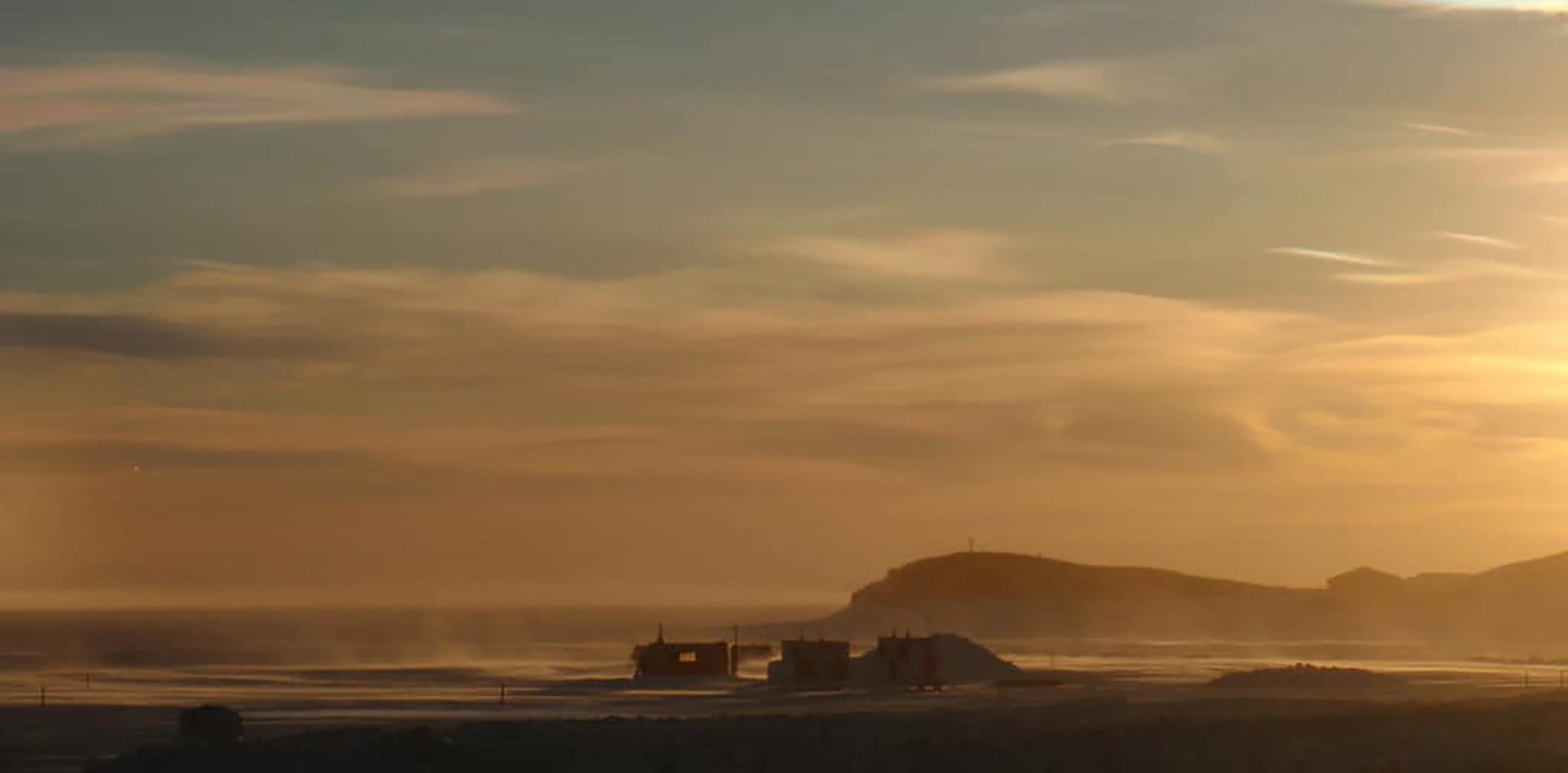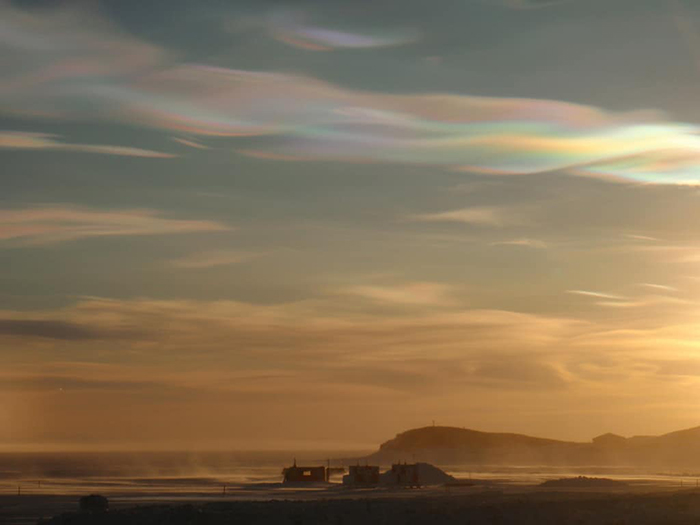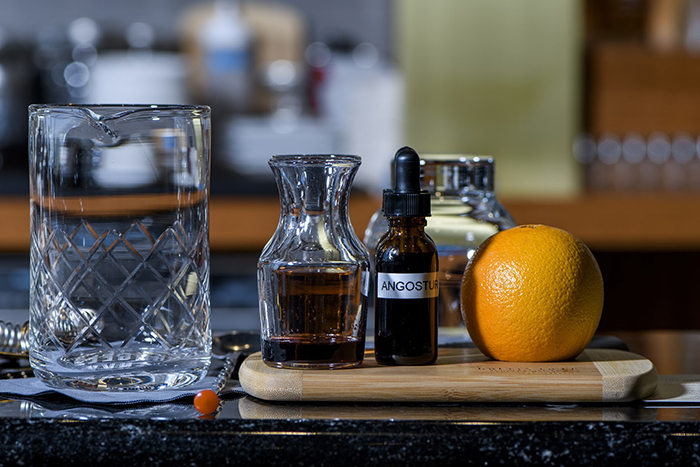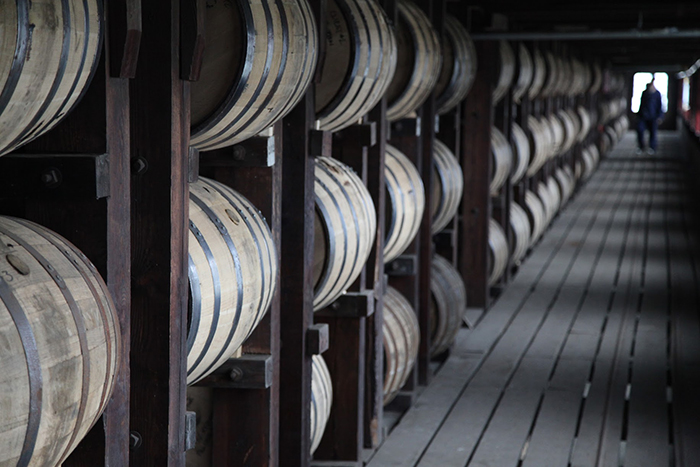Keeping your whiskey fresh and flavorful
At some point, every whiskey fan starts acquiring bottles more quickly than they can consume them, and that’s okay. It’s a sign of maturity and the pursuit of good taste. Naturally, we get a lot of questions about the best ways to store whiskey and how long it lasts once it’s been opened, so here are some ideas—grounded in science—for keeping your whiskey as fresh and flavorful as possible.
The good news: once whiskey is properly sealed in a bottle, it’s going to keep for a long time. When the Antarctic explorer Ernest Shackleton’s whisky was recovered from his hut on Ross Island in 2007, a century after his 1908 Nimrod expedition, it was, by all accounts, still delicious. The trick is to keep the spirit out of direct sunlight and to avoid wildly fluctuating temperatures. Or you could just store it beneath a hut nestled in Antarctic permafrost, but we understand that’s not always an option for everyone.
Under less extreme conditions, it’s not unreasonable to expect a properly sealed bottle of whiskey to retain its flavor for many decades, as long as it’s stored under consistently favorable circumstances—light and temperature variation being the two factors to watch out for. Either can catalyze chemical reactions within your whiskey, which will slowly break down the esters that give the spirit its flavor and character. If the bottle is well-sealed, it’ll still be the same proof—that won’t change—but it will taste like a ghost of its former self. Cabinets are a safe bet, but basements and cellars are even better for long-term storage. Consistency is crucial.
Once the bottle is open though, the clock is ticking. Thankfully, unlike wine, it’s a very slow clock. The key factor once you’ve cracked open your whiskey is the amount of oxygen that sneaks into the bottle. If a bottle is at least two-thirds full of whiskey and stored out of direct sunlight, it should retain its original flavor for at least a year. However, the flavor will begin to degrade exponentially as more air is introduced relative to the amount of spirit left over. Once a bottle is down to a quarter of whiskey, you might start detecting flavor degradation a little more quickly. Why? For the same reason that cars rust: oxidation. Oxygen loves bonding, and oxygen is more than happy to bond with the chemical compounds in your whiskey. While this is probably very exciting for the oxygen, it’s not ideal for your whiskey.
So what can you do? Some people like to pour their whiskey into smaller containers with excellent seals. While the oxidation process will have already begun, they can at least slow the ravages of time and preserve the flavors longer. You can also buy better sealing caps that are more effective than screw tops or cork. But if that sounds like a lot of work, we recommend inviting your friends over to help you finish the bottle with a proper send off. After all, if the whiskey was worth savoring for that long, it’s probably worth sharing with good company.






